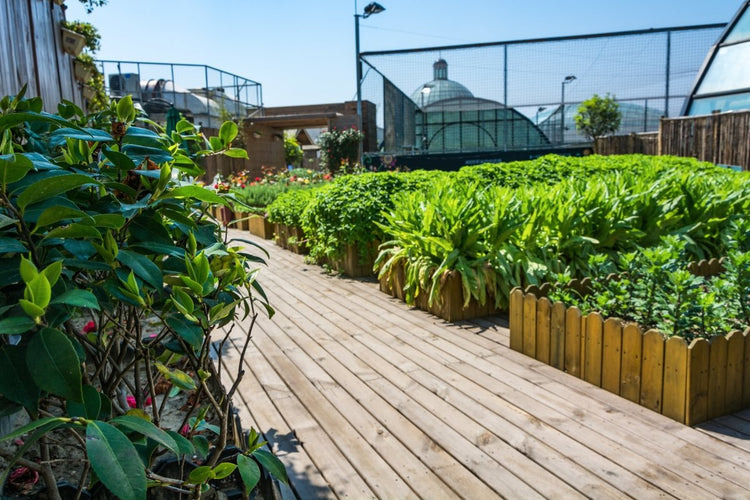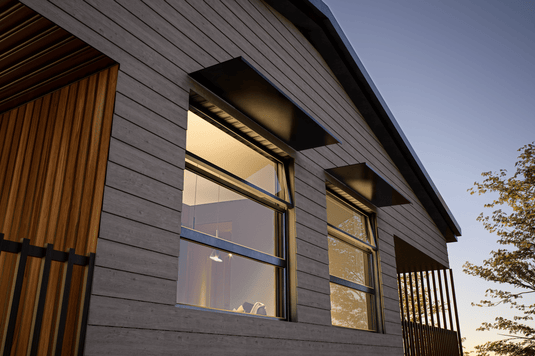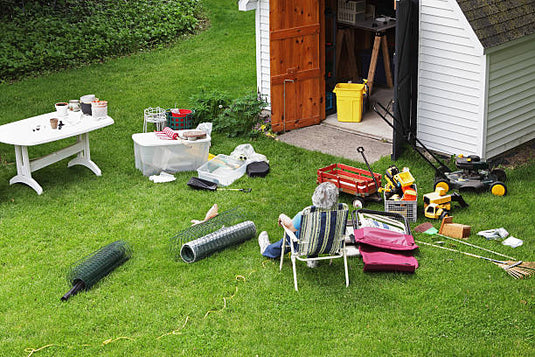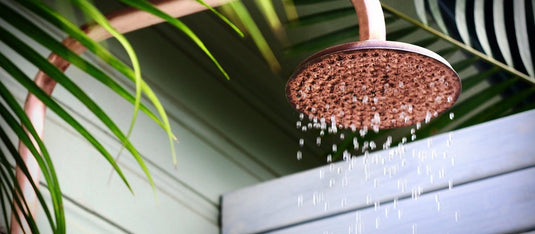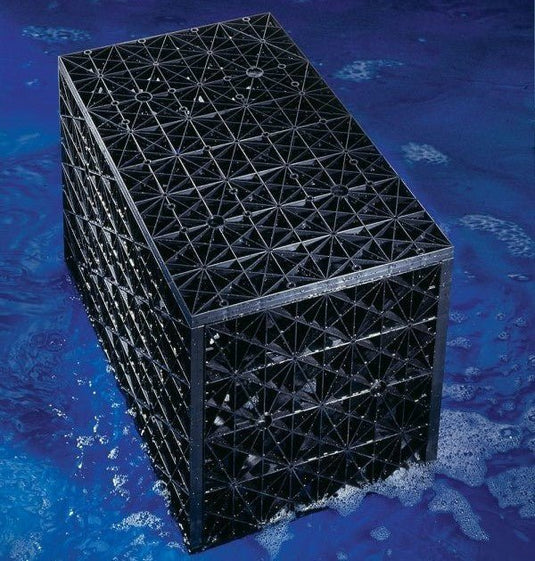Roof gardens, also known as rooftop gardens or green roofs, refer to cultivated and landscaped spaces situated on the rooftops of buildings. These elevated gardens utilise the unused roof space to create green areas featuring vegetation, plants, and often various landscape elements. Roof gardens can range from small, decorative setups to larger, more intricate designs with a diverse selection of flora.
The primary purpose of roof gardens is to introduce natural elements into urban environments, providing aesthetic appeal and contributing to environmental sustainability. They serve as innovative solutions to combat space limitations in densely populated areas, offering a range of benefits such as improved air quality, temperature regulation, and enhanced biodiversity. Roof gardens can be designed for recreational use, urban farming, or simply to promote ecological well-being within the urban landscape.

Pros and Cons of Roof Gardens
Roof gardens offer a unique blend of tranquillity and functionality. Read below as we discuss their advantages such as improved air quality, energy efficiency, and enhanced urban biodiversity. And on the flip side cite some of their cons and challenges, like structural concerns, maintenance issues, and potential water runoff problems.
Pros
Improved Air Quality: Roof gardens act as natural air purifiers, filtering pollutants and releasing oxygen, contributing to better air quality in urban areas.
Energy Efficiency: Green roofs provide insulation, reducing the need for heating and cooling in buildings. This leads to energy savings and increased overall energy efficiency.
Enhanced Urban Biodiversity: By creating green spaces in the city, roof gardens support diverse plant and insect life, promoting urban biodiversity and contributing to a healthier ecosystem.
Cons
Structural Concerns: The additional weight of soil, plants, and water on the roof can pose structural challenges. It's crucial to ensure that the building can support the added load.
Eco Sustainable House has a number of strong and lightweight void fill products which offer a cost effective solution to alleviate weight, click here for pricing and information.
Maintenance Issues: Roof gardens require regular maintenance, including watering, pruning, and addressing potential pest issues. Neglecting maintenance can lead to the deterioration of the garden and the roof structure.
Potential Water Runoff Problems: Poorly designed or maintained roof gardens may contribute to water runoff issues. Excess water can strain drainage systems or lead to leaks, potentially causing damage to the building.
You can solve this problem with our drainage cell and geofabric products, for more information view our collection here
In summary, while roof gardens offer numerous benefits like air purification, energy efficiency, and biodiversity promotion, it's essential to address challenges such as structural considerations, ongoing maintenance, and water management to ensure their long-term success and sustainability.
Best Plants for Small Roof Gardens
Space constraints are a common challenge for roof gardeners. Therefore it is wise to correctly choose what type of plants to get to utilise the space you have as they grow, and also save you from costly mistakes that can hurt your pocket.
Sedum (Stonecrop) - Sedum is a hardy and drought-tolerant succulent that requires minimal maintenance. Its low-growing nature makes it ideal for covering large areas, providing green coverage without overwhelming limited space. Sedum comes in various colours and shapes, adding visual interest to the rooftop garden.
Lavender - Lavender is not only known for its fragrant blooms but also for its adaptability to various growing conditions. It thrives in well-drained soil and abundant sunlight, making it a perfect candidate for rooftop gardens. Lavender attracts pollinators, contributing to urban biodiversity, and its aromatic qualities enhance the sensory experience of the garden.
Dwarf Fruit Trees (Dwarf Apple or Citrus Trees) - Dwarf fruit trees are compact and can be grown in containers, making them suitable for small spaces. They offer the joy of growing your own fruits without requiring a vast garden. Additionally, their blossoms provide beauty, and the fruit-bearing aspect adds a practical and rewarding element to the garden.
Basil - Basil is a versatile herb that not only adds flavour to culinary dishes but also serves as a natural pest deterrent. Its compact growth habit makes it suitable for containers, and it can thrive with proper sunlight. Basil is an excellent choice for both functional and decorative purposes in a small urban garden.
Environmental Benefits of a Roof Garden
Roof gardens offer a multitude of environmental benefits, contributing to the overall sustainability of urban landscapes. Firstly, these elevated green spaces act as natural insulators, reducing the heat island effect prevalent in densely populated areas. By providing a layer of vegetation that absorbs and reflects sunlight, roof gardens help regulate temperatures on building surfaces, decreasing the need for excessive air conditioning during hot seasons. This not only fosters a more comfortable urban environment for residents but also leads to energy savings and a diminished carbon footprint, aligning with broader efforts to mitigate climate change.
Secondly, roof gardens play a crucial role in stormwater management. The vegetation and soil on rooftops absorb rainwater, preventing excessive runoff that could overwhelm urban drainage systems. This not only minimises the risk of flooding but also helps filter and purify rainwater, reducing the load on municipal water treatment facilities. The greenery of roof gardens further contributes to improved air quality by absorbing pollutants and releasing oxygen, creating a healthier microcosm within the urban sprawl. Collectively, these environmental benefits underscore the vital role that roof gardens play in fostering sustainable, eco-friendly cities.

Green Roofs and Heat Island Reduction
Green roofs play a pivotal role in mitigating the heat island effect, a phenomenon where urban areas experience significantly higher temperatures compared to their surrounding rural areas.
What is the “Heat Island” effect?
Buildings, roadways and other types of buildings can absorb and re-emit the heat coming from the sun more powerful than natural landscapes such as grass, forests, etc. Urban areas are called “islands” because they are filled with infrastructures.
This heat island effect is primarily a consequence of the abundance of impervious surfaces like asphalt and concrete in cities, which absorb and retain heat. Green roofs address this issue through several mechanisms.
Firstly, the vegetation on green roofs provides insulation, reducing the amount of solar radiation that reaches the roof surface. The plants absorb sunlight during photosynthesis, utilising it for growth and cooling the surrounding air through a process called evapotranspiration. This cooling effect helps to moderate temperatures on the roof and in the immediate vicinity, counteracting the intense heat generated by conventional roofing materials.
Secondly, the soil and vegetation on green roofs act as natural insulators. They create a buffer layer that prevents the direct transfer of heat from the roof to the building interior. This insulation effect reduces the need for air conditioning, decreasing the overall energy consumption of the building and further alleviating the heat island effect.




